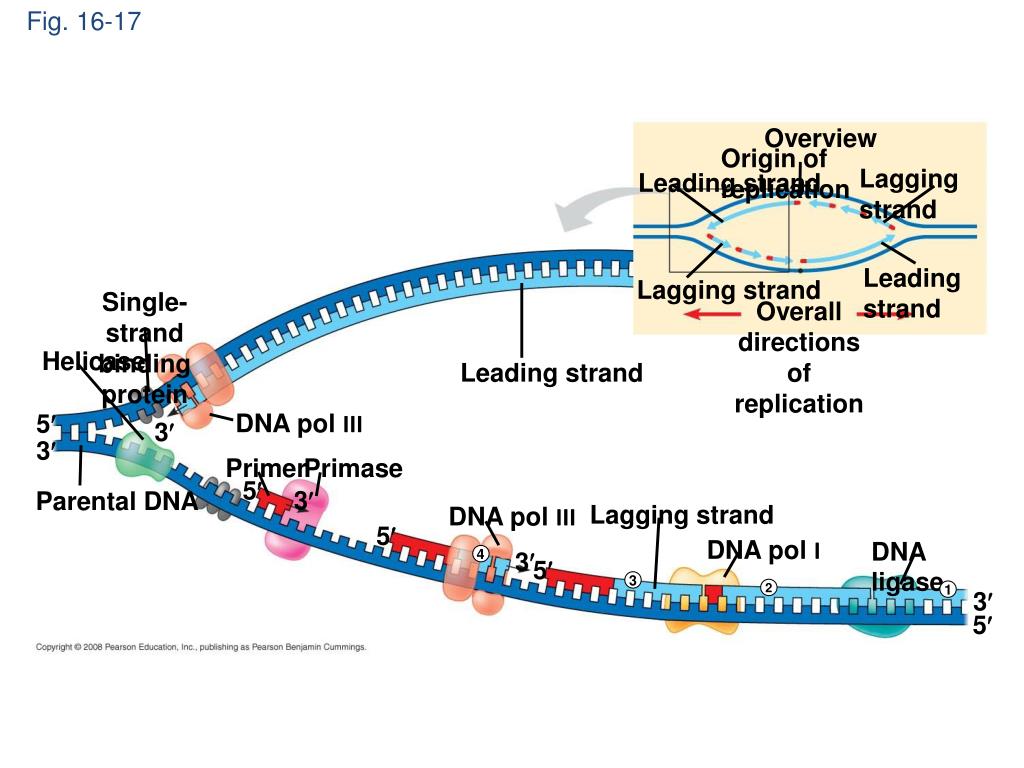

- SECTIONS OF COPIED DNA CREATED ON THE LAGGING STRAND FULL
- SECTIONS OF COPIED DNA CREATED ON THE LAGGING STRAND ZIP
This is known as semiconservative replication. Each new double strand consists of one parental strand and one new daughter strand. The new strand will be complementary to the parental or “old” strand. Gray indicates the original DNA strands, and blue indicates newly synthesized DNA.ĭuring DNA replication, each of the two strands that make up the double helix serves as a template from which new strands are copied. One good other visual on the topic, less accurate than the gif but explains more.Figure 9.9 The semiconservative model of DNA replication is shown. Strands are often cracked, which is fixed by the constantly patrolling ligase, and overall its a slight mess in some cases. I am no biochemist, but I imagine the interval on which the lagging strand is primed is semi random, depending on the concentration of primase in the cellular soup. In reality, I imagine it is a bit more messy. That gif is what ideal replication looks like. The main issue after this is that the strands are all disconnected, which is solved by DNA ligase, which ligates (joins) the individual strands together.
SECTIONS OF COPIED DNA CREATED ON THE LAGGING STRAND FULL
From my understanding, this next section is grabbed onto by the last protein holding the lagging strand, to load it into the DNA polymerase.ĭNA polymerase II then swoops in, removes the RNA primer, and replaces it with full DNA. In the gif, the green protein that locks onto the lagging strand each time then leaves, right after the helicase, seems to be the DNA primase, which primes the next section. These sections are known as okazaki fragments.Įach of these sections needs to be primed for DNA polymerase to be latched on, so that is what is meant by that. In that case is that it must do this replication in sections, before it runs back into the already replicated part it finished, so it lets it go and and the protein mechanism grabs the next section to replicate. Evolution apparently decided that rather than make a new protein for replication in the other direction, it would just use another protein or set of proteins to flip the strand around, as shown in the gif (the strand that loops is the lagging strand).

The problem is that DNA polymerase only works one way, towards the 3' end, not the 5' end.
SECTIONS OF COPIED DNA CREATED ON THE LAGGING STRAND ZIP
But once attached, you can zip to anywhere on the strand. Only the end metal bit of the zipper "strand" allows you to attach the zipper to it. This isn't a problem for the 3' end for the most part, the beginning of the section is primed using DNA primase and it just zooms until the end of the chromosome, or until something stops it. This is needed basically to give the DNA polymerase a place to latch onto, but once on, it zooms down chain. It can only start replication on a section that has been "primed," that is, RNA is put in temporarily where DNA is supposed to go. DNA polymerase is responsible for replicating the other strand of DNA using freely floating DNA particles in the cellular soup around it, however there is a small catch.

Sorry for the low res, this was made years ago and is still the most accurate replication gif I know of at least. Its far better visualized in a gif than text, so here it is.


 0 kommentar(er)
0 kommentar(er)
